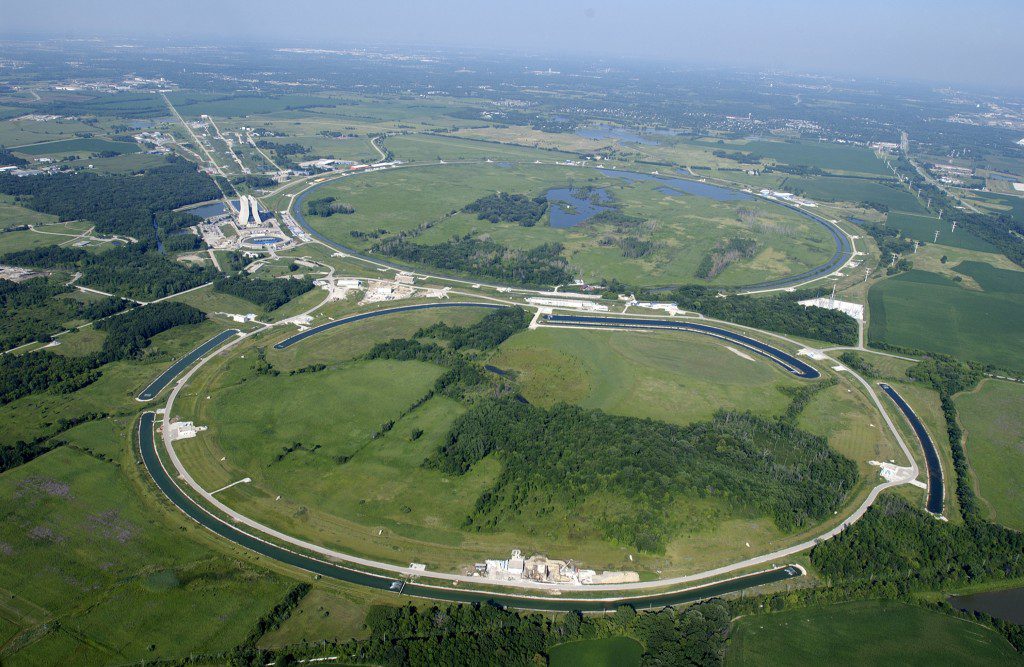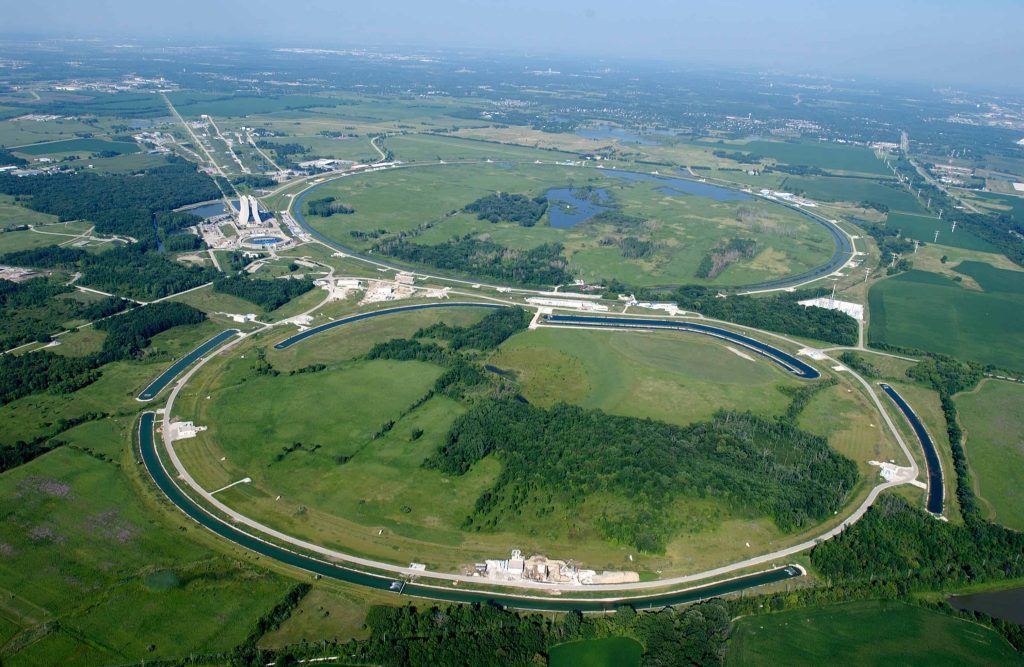
Last week, ground shattering news hit the scientific community worldwide when CERN announced that their experiments showed that neutrinos fired from the CERN laboratory in Geneva, reached their destination of Gran Sasso, Italy, 60 billionths of a second faster than they would have if they had been traveling exactly at the speed of light. CERN scientists have since then made a call out to the scientific community worldwide to verify their data – one of US’s finest research labs, Fermilab, has taken upon itself to mimic the CERN experiment and prove or disproof the current data.
The implications of this, still far from confirmed, finding suggests that Einstein’s Theory of Relativity, which states that nothing can travel faster than the speed of light, reffered to as a “cosmic constant” by the physicist, is wrong. On its own hand, this would mean that any kind of grasp physicists have though they had upon the workings of the Universe, based on Einstein’s theory, needs to be flushed and rethought.
The OPERA experiment by the CERN research institute in Switzerland showed invisible neutrino particles traveled faster than light. The CERN researchers aren’t boosting their finding too blatantly, though, if anything they’re highly skeptical within their own ranks of the statement. Their invitation launched towards the worldwide scientific the community is a means of proving, as it is to disproving their finding.
“When an experiment finds an apparently unbelievable result and can find no artefact of the measurement to account for it, it’s normal procedure to invite broader scrutiny,” CERN Research Director Sergio Bertolucci said.
Now, scientists from Fermilab, a US Department of Energy laboratory in Chicago, said they will re-analyse the results.Interestingly enough, Fermilab conducted a similar experiment , called MINOS, back in 2007, but its results allowed for a margin of error that made it unclear if neutrinos were indeed travelling faster than light. CERN experiment calculated a margin of error of ten nanoseconds, which means that the sixty nanoseconds by which the neutrinos outran light were still significant. This time around, Fermilab wants to re-establish the experiment in a such a precise manner that an error no greater of nanosecond will occur.
“We’re updating the [MINOS] to measure more precisely the time that it takes the neutrinos to travel from Fermilab to the detector in Minnesota,” spokesman Kurt Riesselmann said.
“The experiment will also take new data in the upcoming year and analyse those, and hope to improve the position to confirm or refute the OPERA result,” Dr Riesselmann said.









